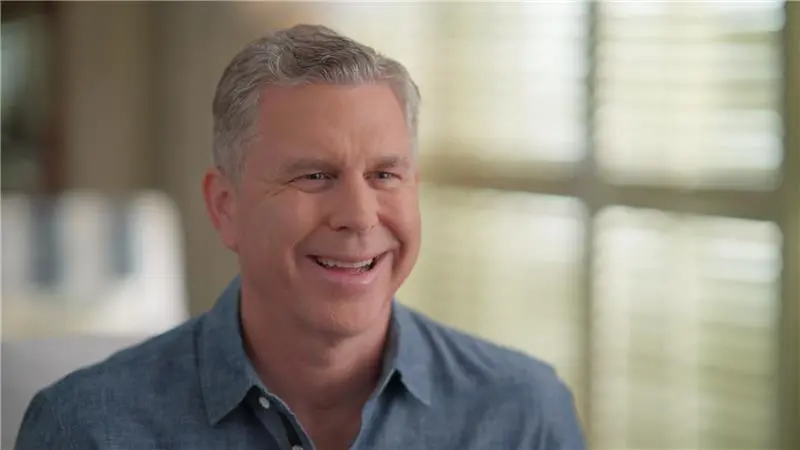In the two decades since Rick Heitzmann co-founded his seed and Series A venture capital firm, FirstMark Capital, he has seen the venture capital industry in New York City transformed.
What was once a community of small, informally-run operations blossomed into an industry of formidable institutions providing entire platforms of support services to the companies they invest in.
During those decades, Heitzmann made a series of iconic investments in companies like Pinterest, DraftKings, and Ro, which earned him a reputation as one of the nation’s most successful venture capitalists. He’s been named to Forbes’ Midas List of the world’s top VC investors every year since 2020.
Speaking at the Jefferies Private Internet Conference in Los Angeles in April, Heitzmann says FirstMark has never changed its philosophy on where to invest.
“Great people make a great company, and having great founders who are incredibly thoughtful about the product and go-to-market strategy is necessary,” Heitzmann said. “But you also pick people who are slightly contrarian, who are thinking of the world differently. They see the megatrends that are coming.”
“We tend to get in early and help form the cultures,” he said. “So, we are really true partners with entrepreneurs.”
Heitzmann is applying that investing philosophy now to a landscape where AI is progressing exponentially, healthcare is being digitalized, and investments in consumer tech start-ups are fewer and farther between.
Here are a few other key insights he shared at the conference.
Q: Are the sky-high valuations of the AI-related companies you see justified?
RH: If you think that these are the fundamental companies, that these are the kings that will be made for the next generation of innovation, then they are justified. Some of these companies are overvalued. They are not all going to be winners. But if you have a great team and a great market poised for explosion, you will see some very valuable companies built.
Q: You were early investors in Ro, which offers GLP-1 medications as part of a comprehensive weight loss program. This space also has a massive adoption curve. Talk to us about that.
RH: The other megatrend you are seeing is the digitalization of healthcare. Ro is very much a part of that. One of the things that is really accelerating is the adoption of GLPs, which is really affecting body and weight loss. You are seeing new things about those drugs pop up every day. Something just came up about it benefiting Alzheimer’s patients. You are even seeing the benefits of helping people drink less alcohol.
RO has been an early leader in this space. It has become the poster child for how these medications get adopted and adherent. We’ve not only said, “Hey, we can provide access to these drugs,” but we’re also going to put you in a program to make it as safe and secure as possible.
Q: We’ve gone through two to three years where consumer tech investments have been out of favor in both public and private markets. Some other VCs have abandoned the category. What gives you the confidence to keep investing in that segment?
RH: If nothing else, because other VCs are leaving. We try to zig when other people zag. Besides that, we also believe in the consumer and the consumer economy. We’re still seeing very interesting companies across the consumer landscape. So, as much as other people are leaving it, we’re wide open for business.
Q: This conference was full of discussions about the opening of public markets. What are you telling your portfolio companies about the timing?
RH: We are telling people to get ready. There have been some green shoots. You know, these things happen slowly. We have over a half-dozen companies that are IPO ready, have the size and scale, and have the teams in place. We believe we will have an IPO or two in the next twelve months, and then we think 2025 will be as close to normal as we have seen in years.




